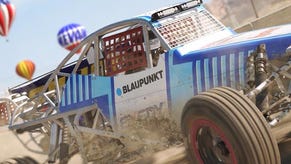Dirt 4 impresses on consoles, but PC offers the complete package
How close does PS4 Pro get to PC's ultra settings?
Codemasters returns with the latest series entry for its Dirt rallying series, and its objective here is clear: to retain and indeed expand upon the hardcore simulation aspects of the excellent Dirt Rally, and to combine it with a more accessible, user-friendly arcade mode too. The developer's Ego engine is pushed still further this time around, which begs the question - can the technology meet the increased demands of this more ambitious title, and can it retain the solid 60fps that characterised the previous game? And on top of that, what additional features does the PC version bring to the table?
To its credit, Codemasters has made it clear that achieving locking to 60fps is the priority here - and in playing the title, it's easy to see why. There's a tangible improvement in controller response compared to the last-gen 30Hz Dirt titles, and the sense of feedback is on another level. To ensure the best chance of retaining that super-smooth frame-rate, Dirt 4 employs the use of a dynamic resolution scaler - it's implemented on all consoles, but its effects are more noticeable on the Xbox One version of the game, especially in the most intense, GPU-heavy areas of the game.
However, diving into straight rallying gameplay, there's very little to tell the console versions apart. The PlayStation 4 version appears to employ higher precision anti-aliasing over Xbox One, with improved MSAA coverage. There's the sense of additional refinement as opposed to any particular game-changing improvements, while shifting to PS4 Pro sees Codemasters deploy a range of further visual boosts. There's improved shadow quality, increased MSAA coverage on environments, better reflections and refined environment map resolution. The rear-view mirror also gets MSAA coverage, something that doesn't happen on base hardware. Pro doesn't appear to require much in the way of dynamic resolution scaling throughout gameplay, and has a tighter lock to the target 1080p resolution.
While Pro's visual enhancements are welcome, it's only really the improved anti-aliasing that stands out noticeably during the heat of gameplay. Hopes that the extra features resolve an experience on par with the PC title at ultra settings are quickly dashed. Running on the fully maxed Ego engine, there are higher levels of anisotropic filtering and more detailed textures, while shadows and reflections boast higher precision. On top of that, there's also longer draw distance on foliage shadows. In effect, PC offers further layers of effects and higher levels of MSAA support, leading to a considerably more refined image overall and a big boost over all console versions of the game.
In terms of the PC hardware required to get the job done with everything cranked up to the max, Nvidia's guidelines are handy enough - GTX 1060-class hardware offers more than enough grunt to support 1080p60, GTX 1070 is the kit required to achieve similar performance at 1440p, while 4K display owners should be well catered for with GTX 1080 and GTX 1080 Ti - the recommendation being only to use MSAA on the more expensive card in achieving a 60fps lock.
Getting the same level of stability on console is more challenging, even with Codemasters tweaking engine settings to get the best visual bang for the buck. The standard rallying stages are not really a problem at all - whether you're playing on PS4 or Xbox One, performance is solid and the dynamic resolution scaler isn't stressed much at all. However, moving over to the new, more arcade-oriented Rallycross area of the game, the combination of more action, more vehicles and more generous use of alpha effects can cause issues, with PS4 and Xbox One capable of dropping into 40-50fps territory, accompanied by noticeable screen-tear. In these stress points, it's the Microsoft console that's hit hardest - with PS4 offering anything from a 5fps to 10fps advantage.
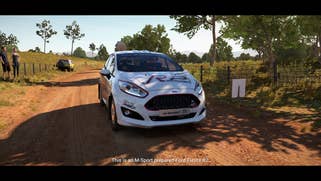

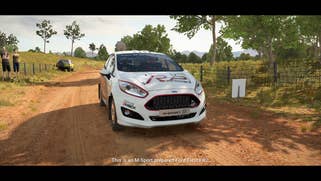


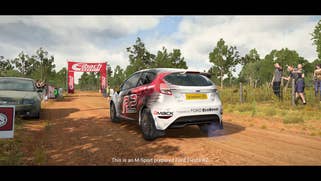
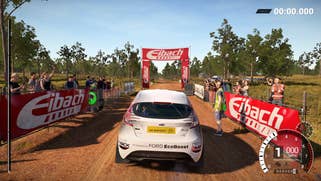
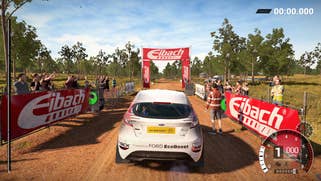
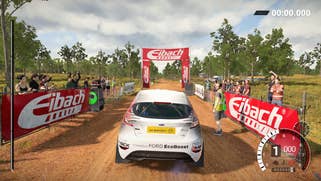
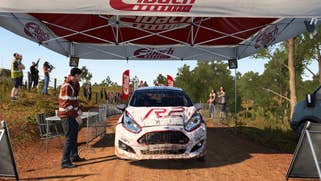


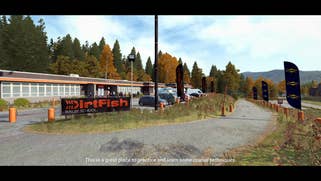
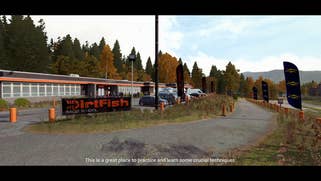
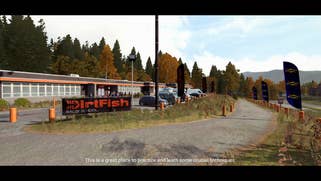
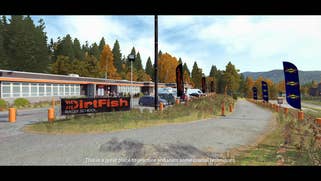
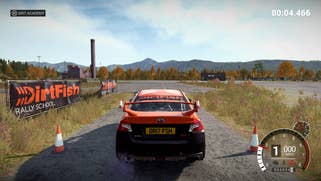

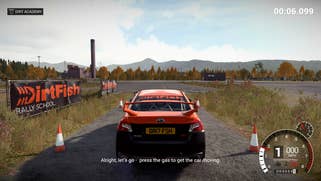
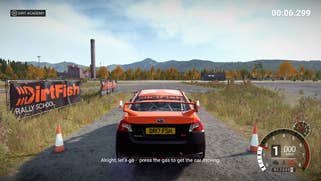
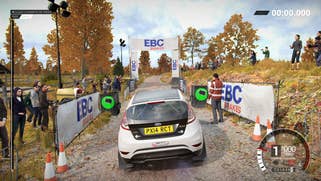


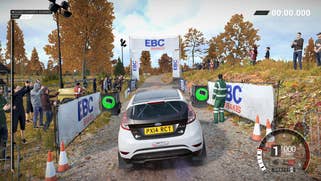
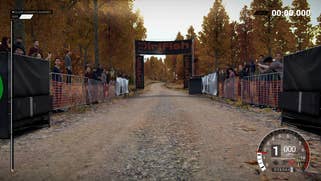
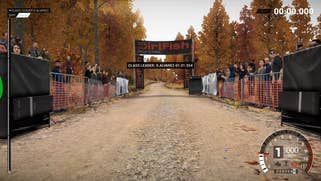
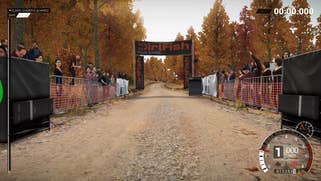
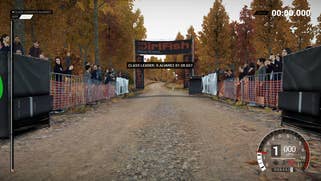
And it's here where PS4 Pro's additional horsepower really makes itself known. While frame-rate on Sony's super-charged console isn't a perfectly locked 60fps, it's basically there to the points where any drops are really difficult to pick up on, with only the most minor of hits to fluidity in the most intense scenes. On the one hand, it's great that an optimal level of performance is available to console users - but on the other, we can't help but feel that the buttery-smooth 60fps that's so important to the feel of the game should have been locked in on base hardware.
As things stand, there's no higher resolution mode for Pro users and that's a real shame, especially when the developer is floating the notion of 4K Project Scorpio support. The boost to performance is useful and the enhanced anti-aliasing improves image quality, but we can't help but wonder whether super-sampling for 1080p users might have produced an even better result.
However, the bottom line is that Dirt 4 is an impressive driving game and the end result is a compelling experience overall for all users. Dirt Rally's sublime handling has been further improved, with Codemasters confirming "new aerodynamics, more accurate modelling of suspension geometry, new tyre models and better damage simulation". And that's on top of lighting improvements and improved driver character modelling and animation. The introduction of the Your Stage course generator isn't an unqualified success - as Martin discusses in the Dirt 4 Eurogamer review - but it is an earnest attempt to address a key problem with rallying titles: over-familiarity with the content.
But returning to the topic at hand - the best way to play the game - there are few surprises overall. Xbox One defines the base Dirt 4 experience, and aside from a small hit to overall image quality and a bigger hit to performance in stress points, it more than delivers a highly enjoyable experience. From there, it's all about the add-ons. The PlayStation 4 release adds a touch more visual refinement, while the hits to frame-rate in the Rallycross sections are less pronounced - though still a touch intrusive.
PlayStation 4 Pro goes one step further, essentially providing what amounts to a full 60fps lock in conjunction with improved image quality. It smoothes off the rough edges in terms of both performance and anti-aliasing and noses ahead as the best way to play the game on consoles. However, there's still the sense that we aren't getting value from the 2.3x improvement to GPU power that the Pro offers. And despite limiting itself to 1080p resolution, it still falls short visually compared to the fully maxed PC version of the game. Codemasters' Ego engine historically fares best on PC, and Dirt 4 continues the trend. Gameplay is solid on all systems, but it's the PC version that shows Codemasters' work at its best.


